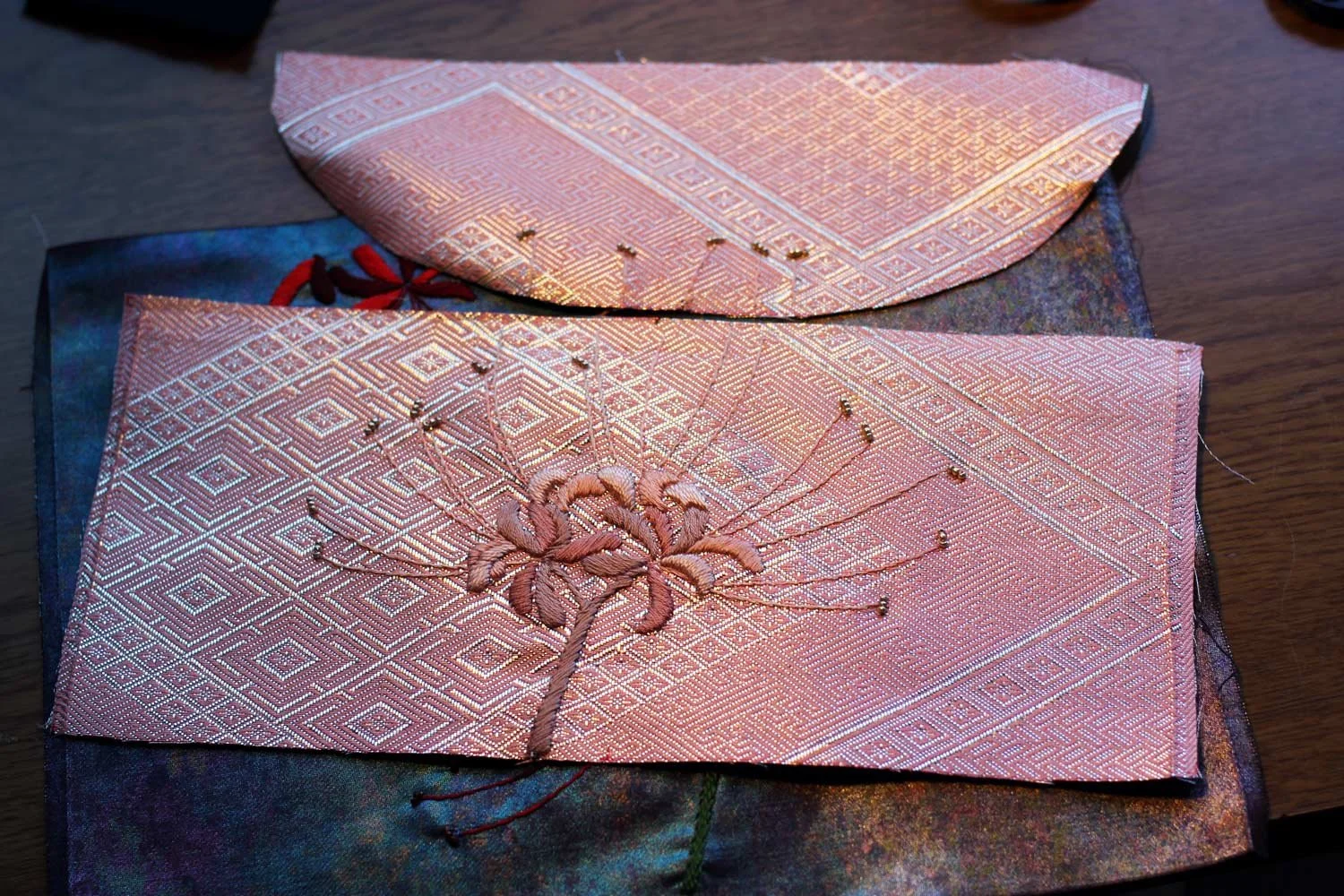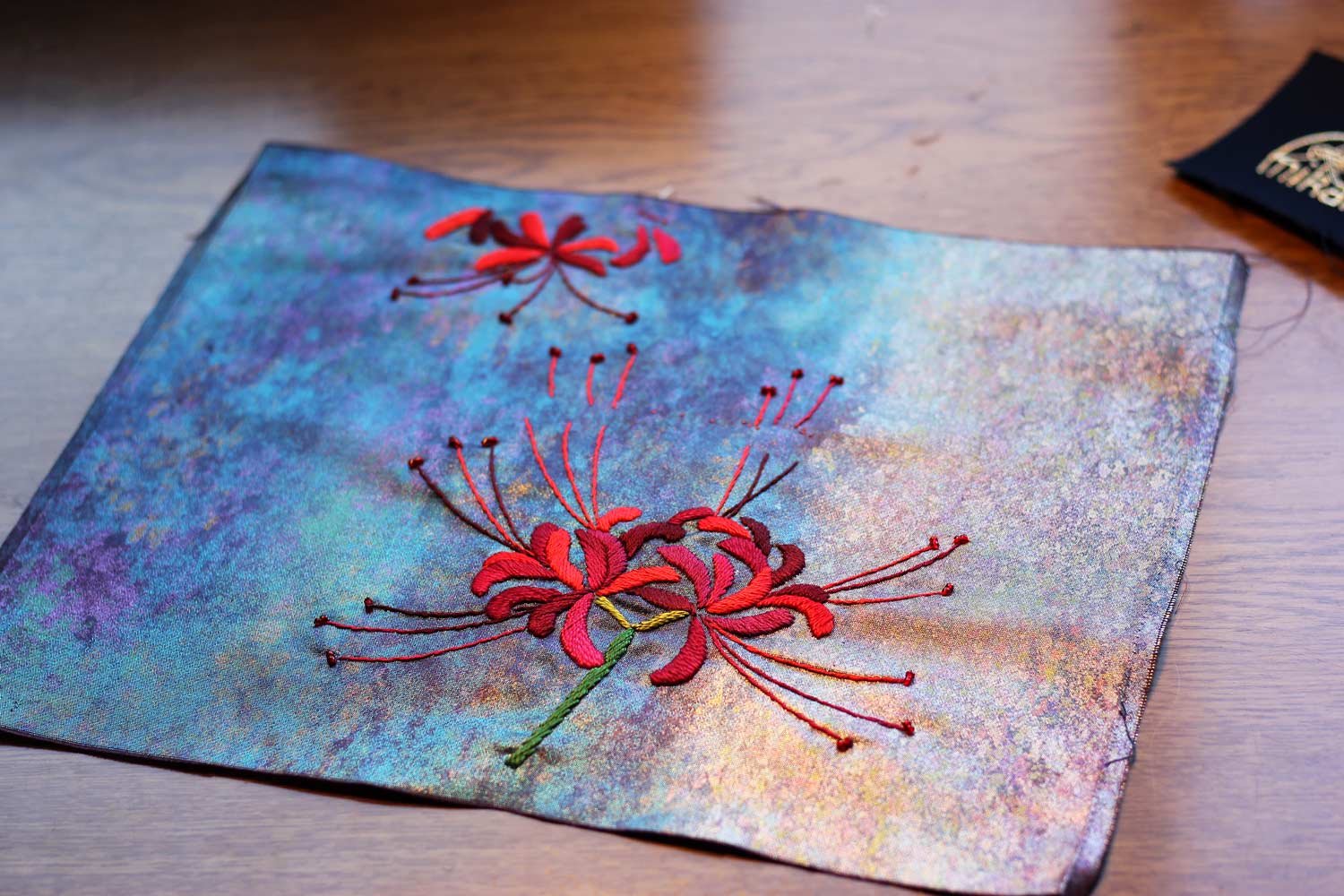Higanbana 彼岸花
The Equinox flower
⏳ 5 min read
Meet the captivating "600 Names Flower," a botanical wonder with countless identities. In the land of Japan, it goes by the name "Higanbana," translating to the "Equinox Flower." In the English-speaking world, it's celebrated as the "Spider Lily”, but its botanical name is the Lycoris Radiata.
As September unfolds, these vibrant blossoms bring some colours across shrines, cemeteries, and picturesque rice fields. The autumn equinox is a time of profound significance in Japan, as the boundary between the realm of the living and the world of the departed grows thin. During this sacred season, we honour those who have passed on, and some believe that the delicate petals of the Spider Lily serve as a mystical bridge connecting our world with theirs.
But this blossom is not only beautiful, it is also toxic to both humans and animals. Planted on farmlands and cemeteries, it serves as a natural deterrent against unwanted creatures.
There are many gardens across Japan where you can enjoy a splendid tapestry of Higanbana during this season. But, while I was living in the countryside, I discovered that there was no better way for me to enjoy them than cycling across the vibrant green and yellow rice fields.
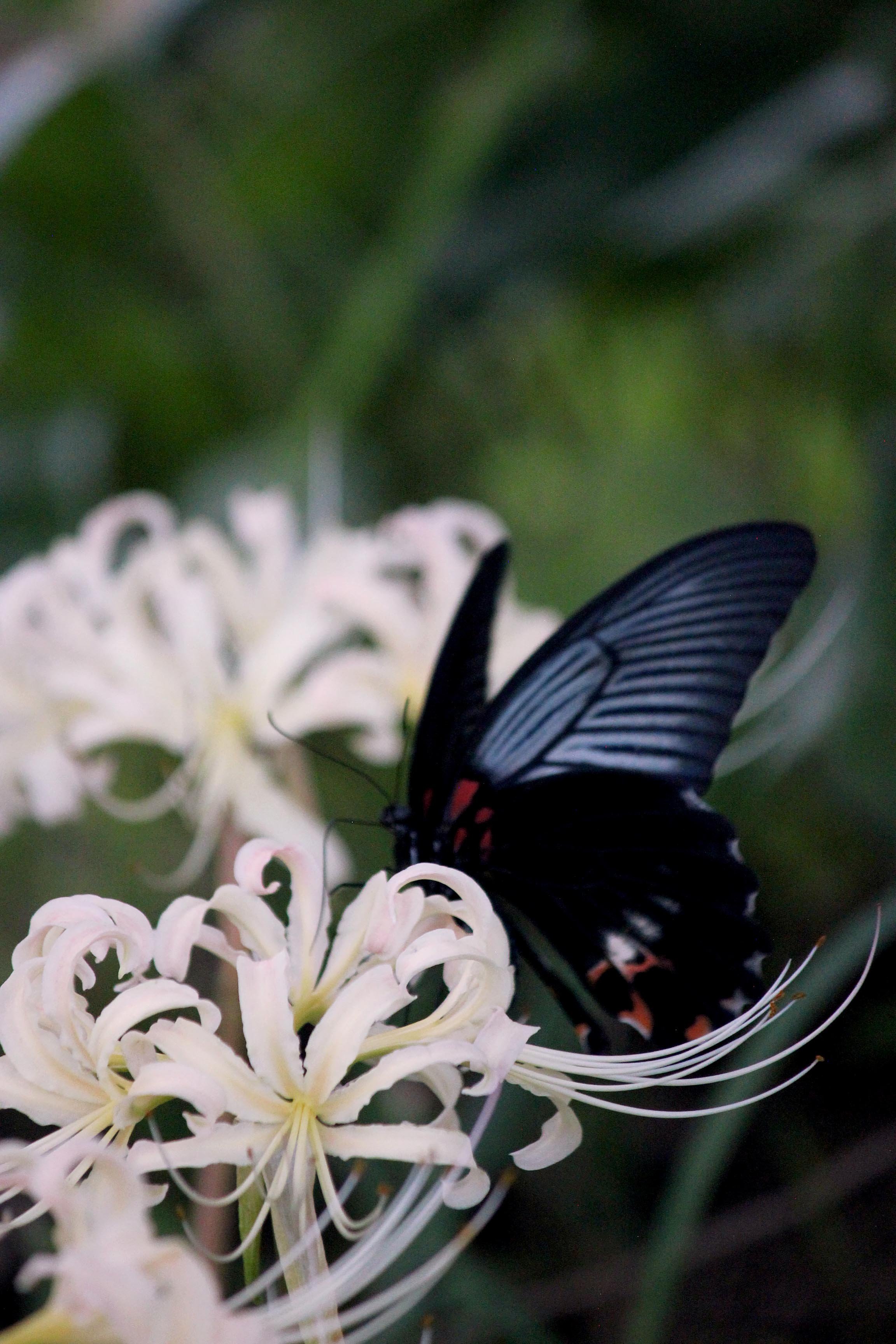
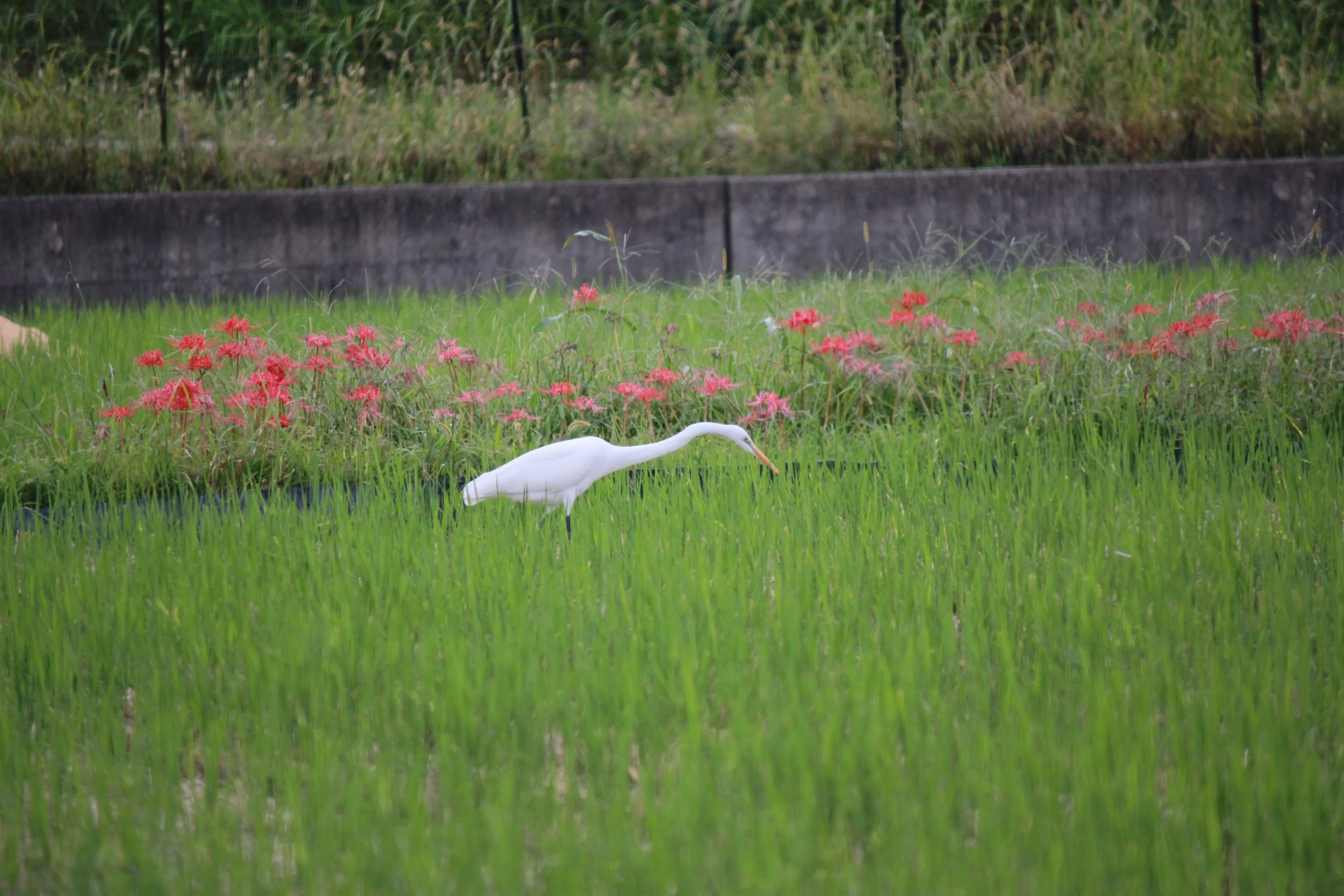

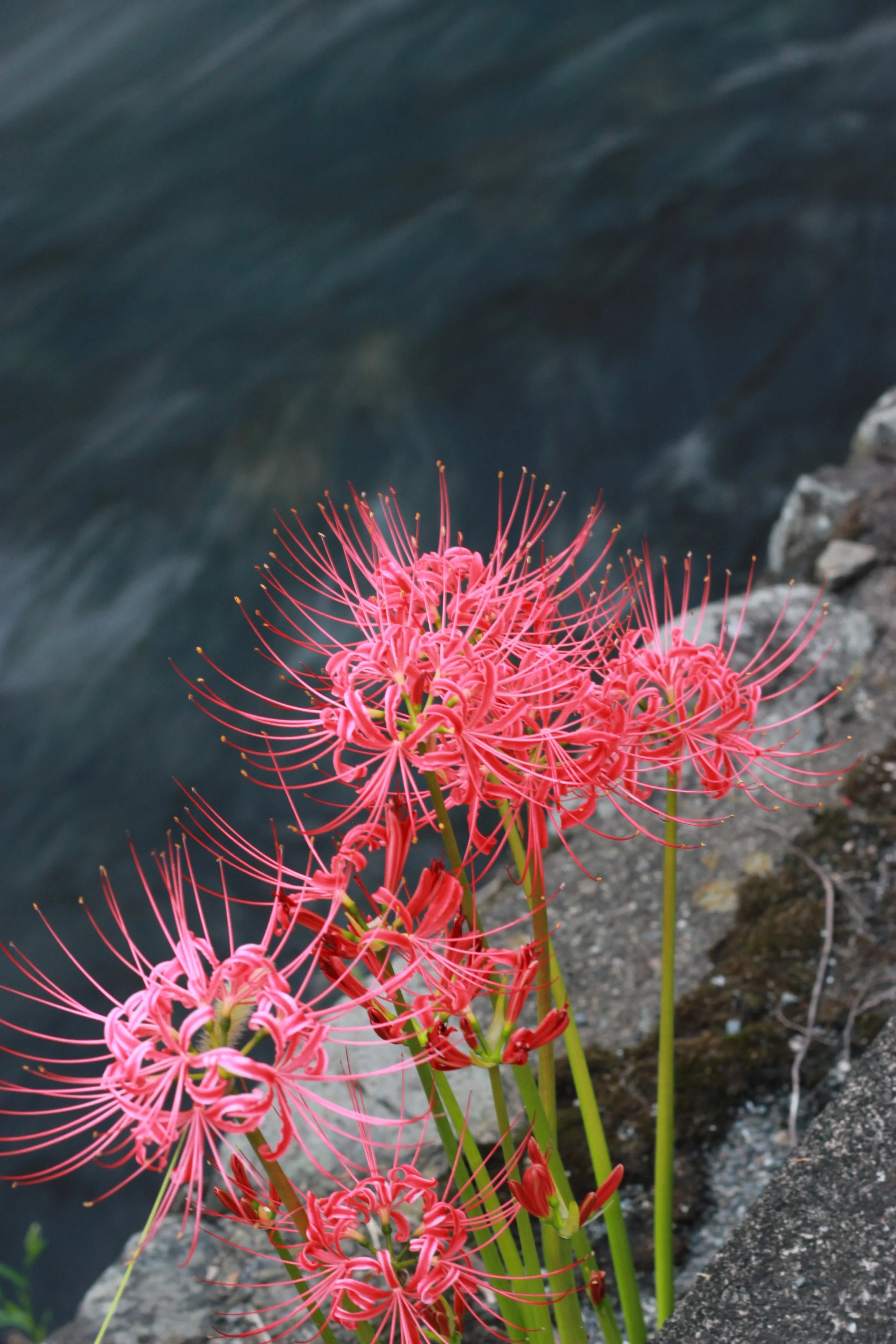
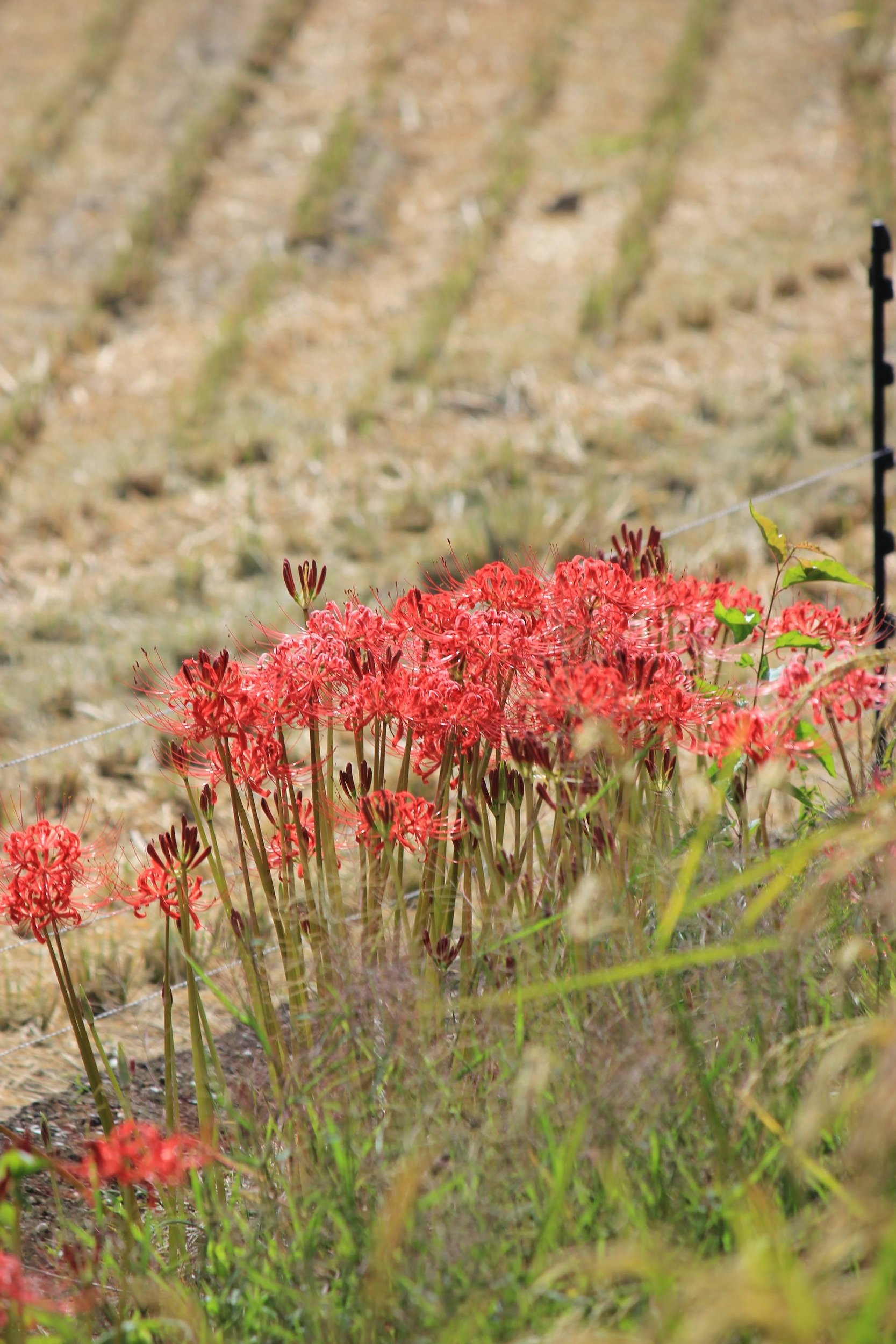
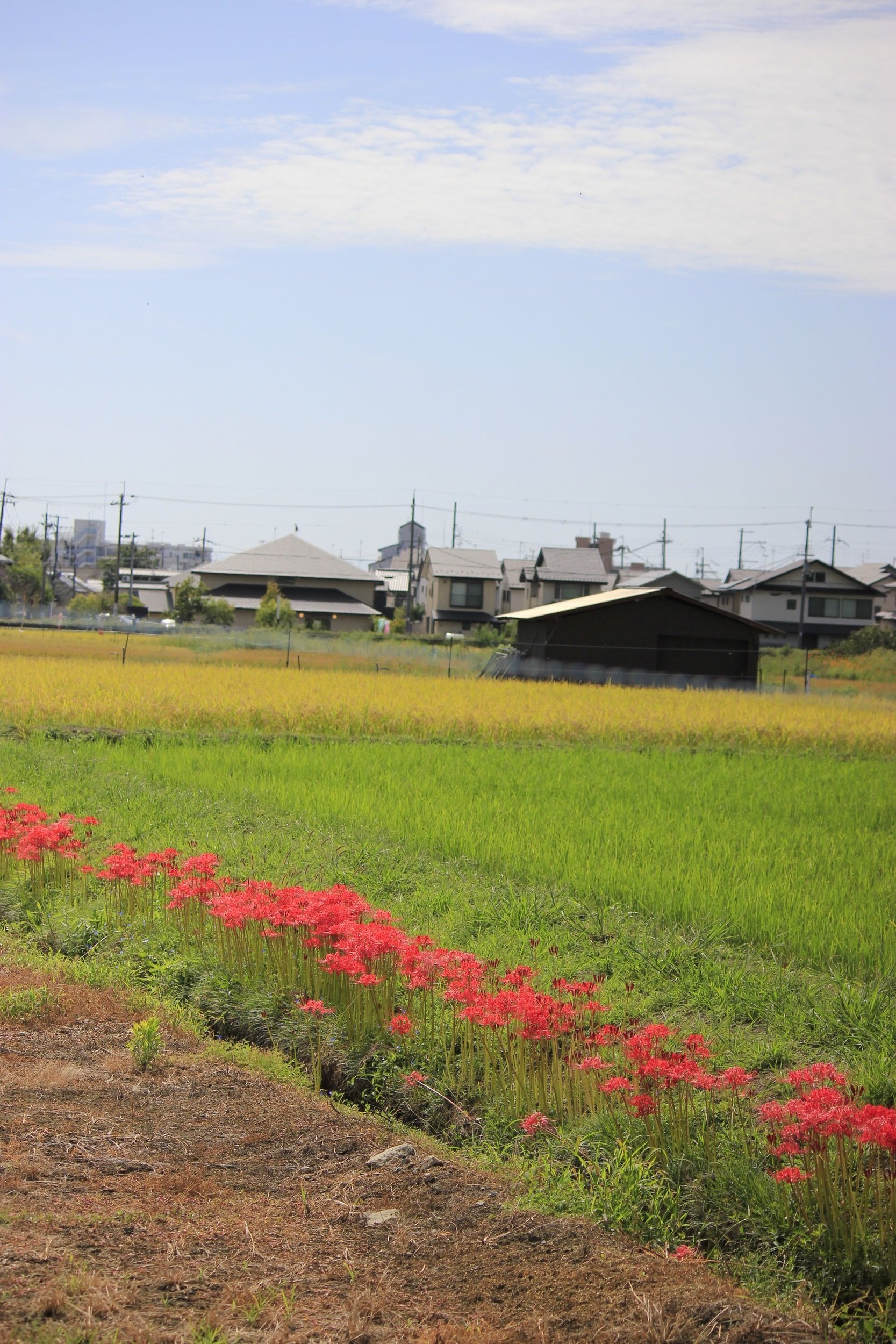
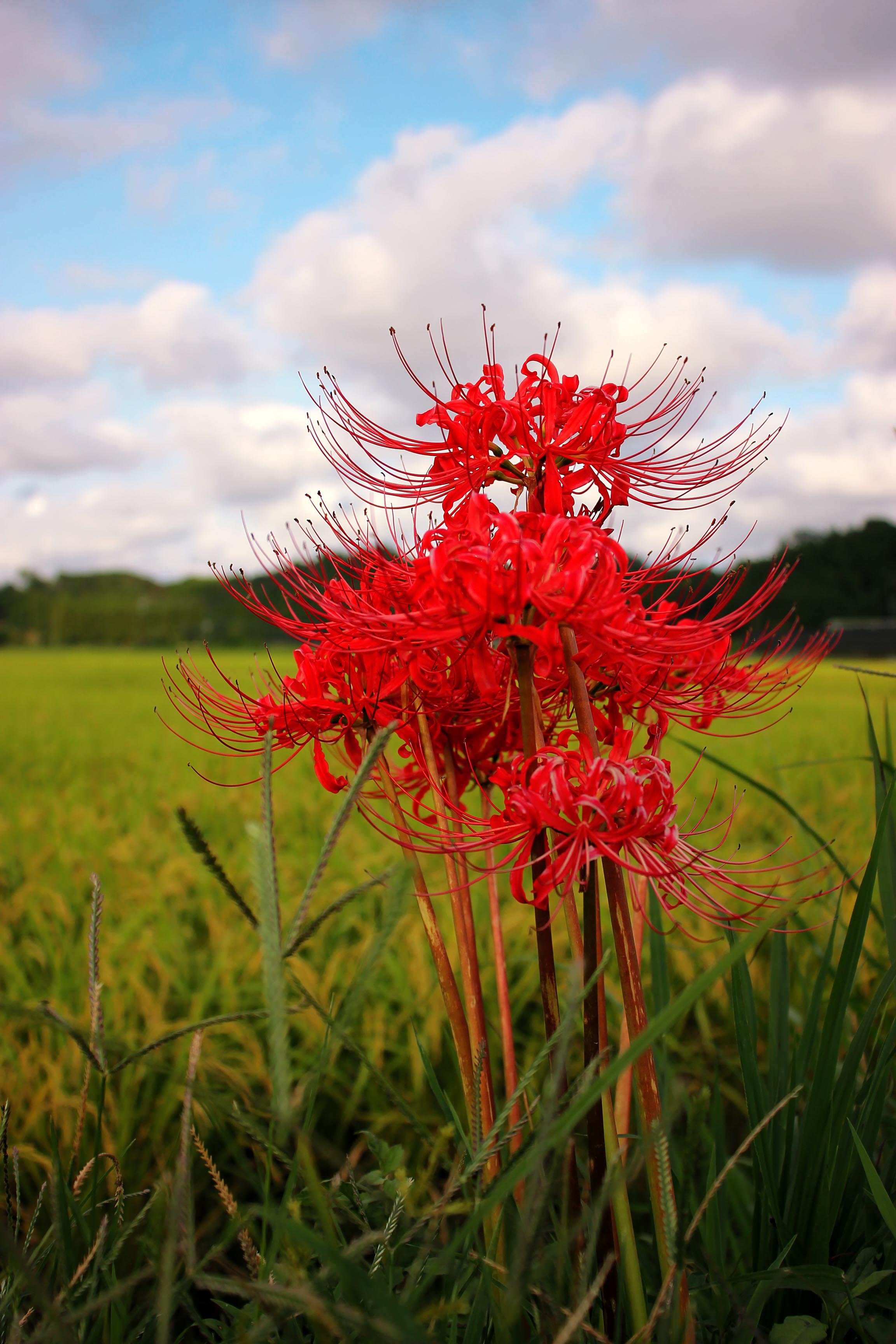
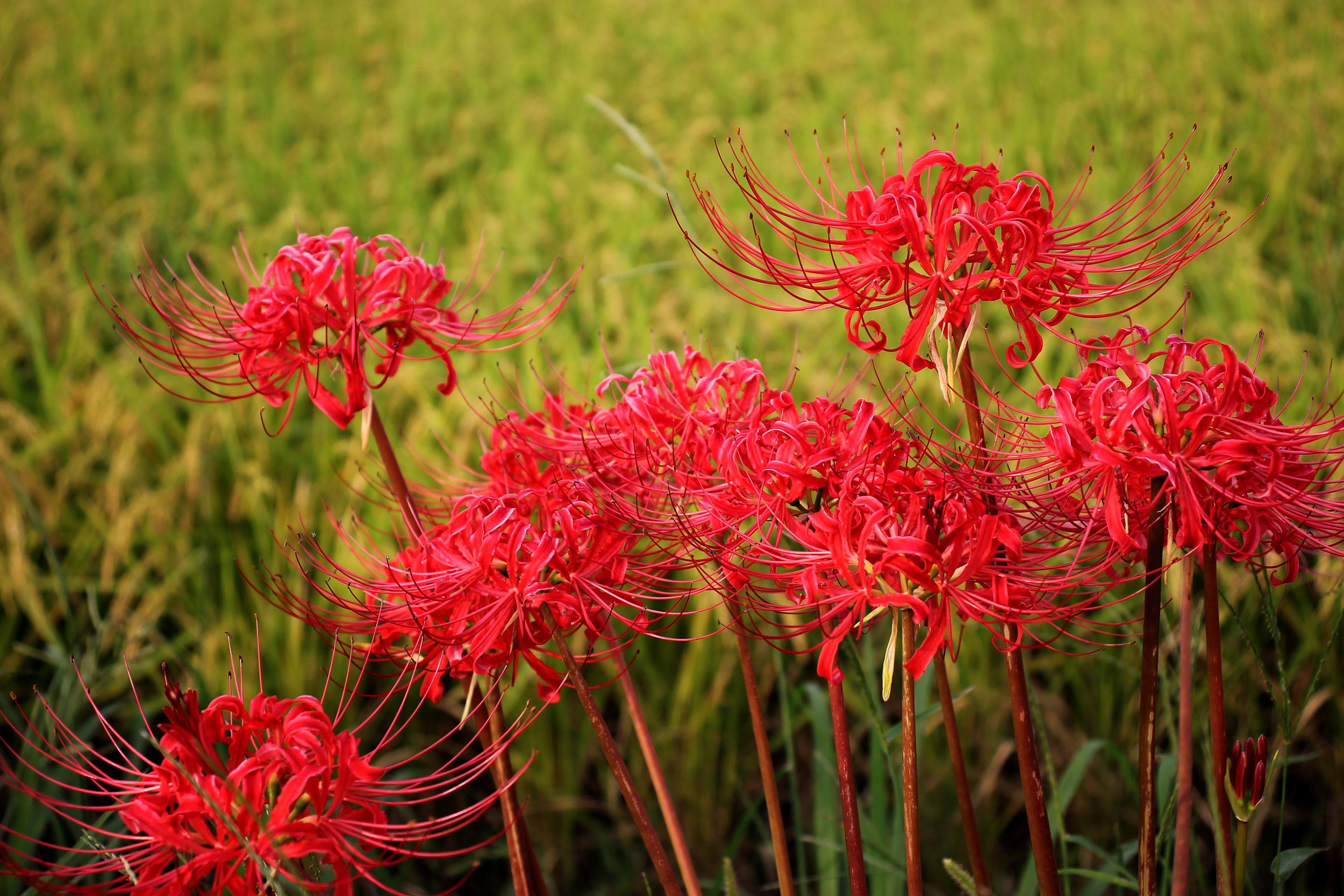
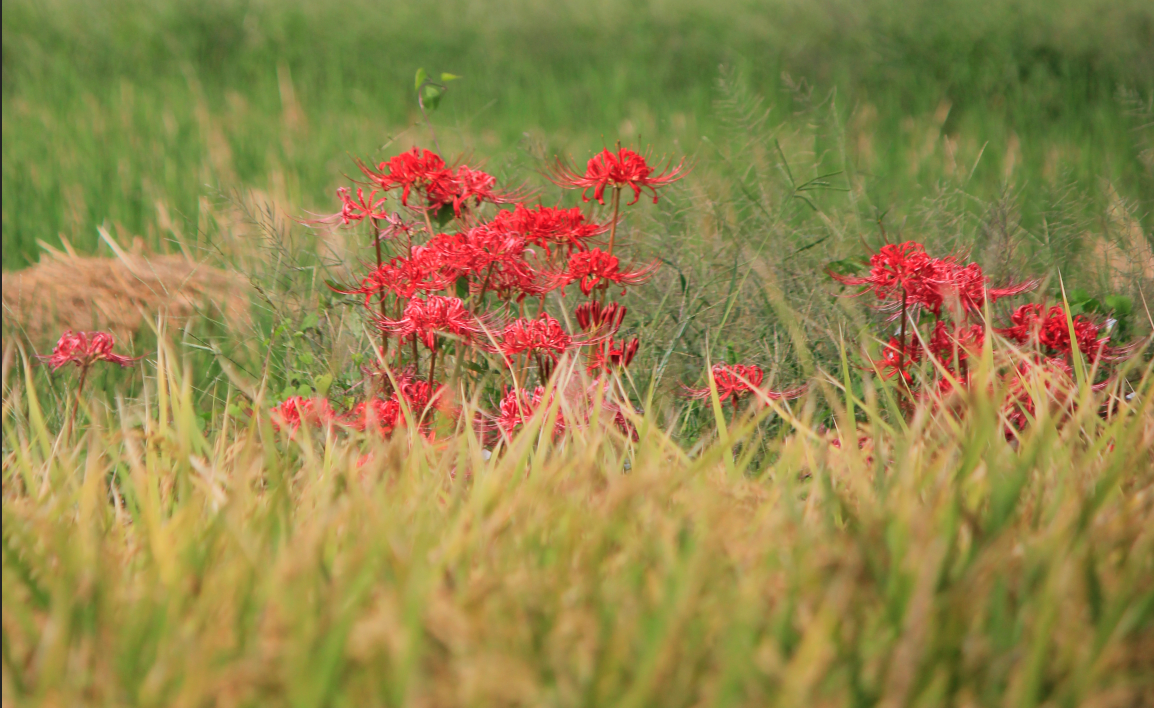
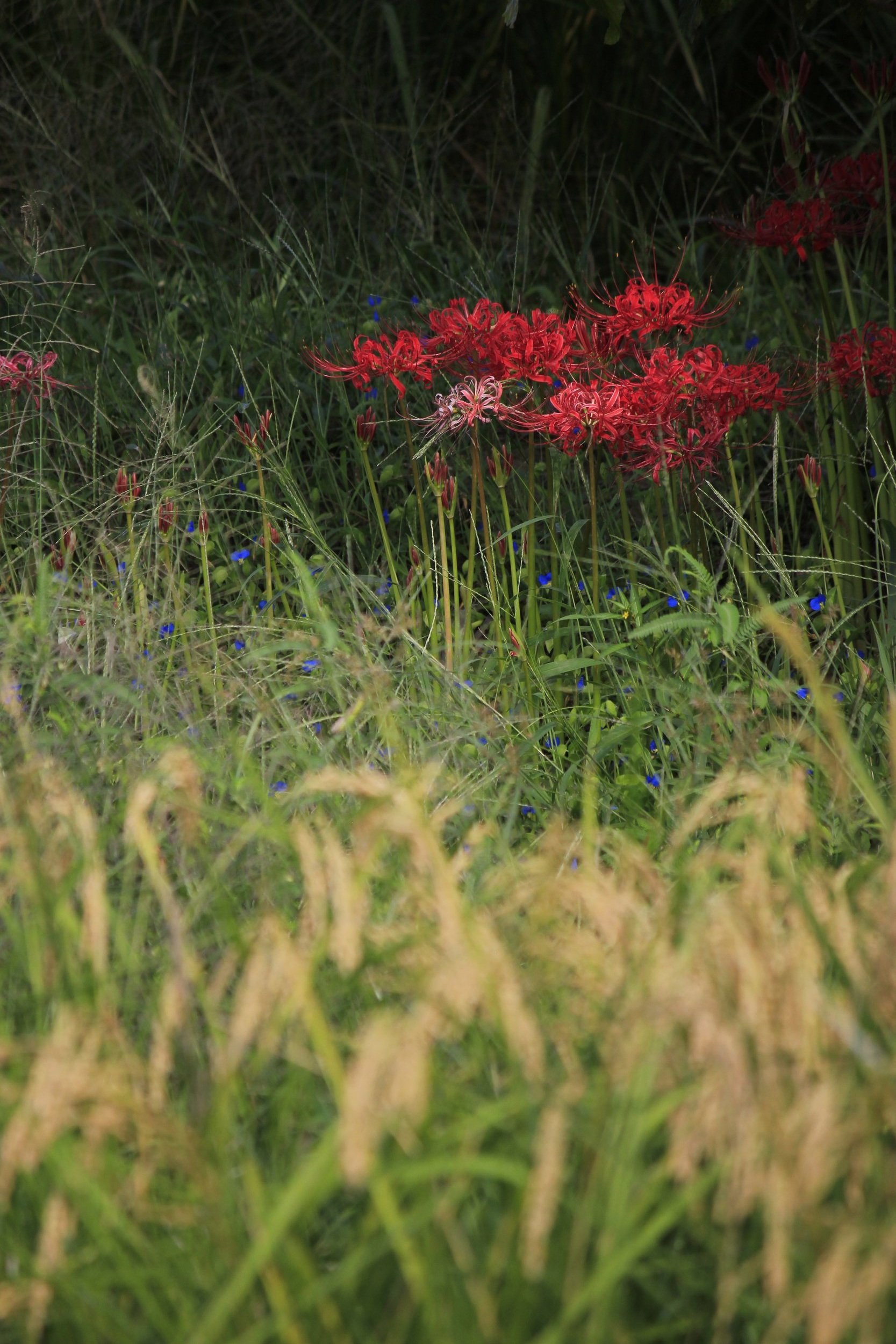

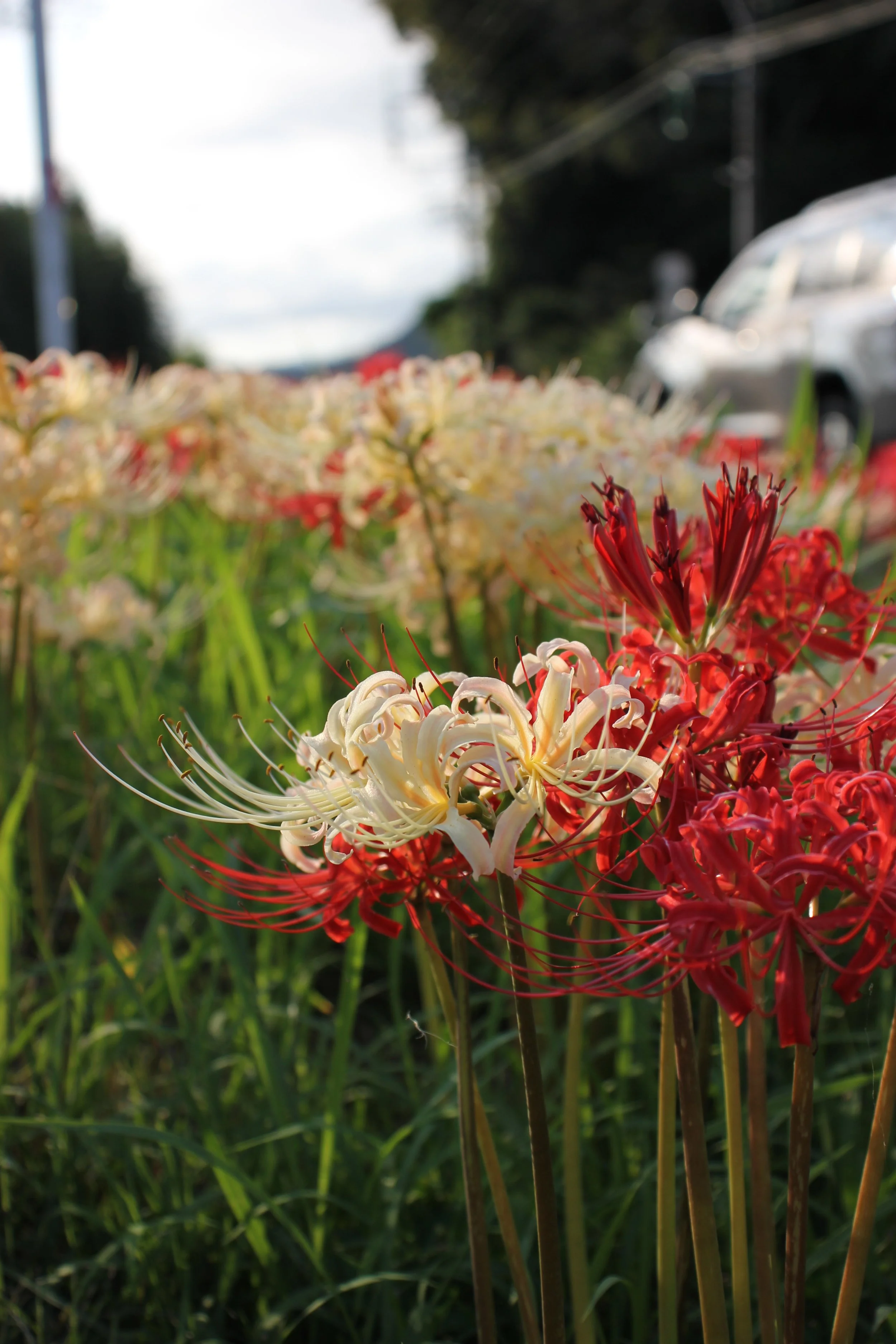
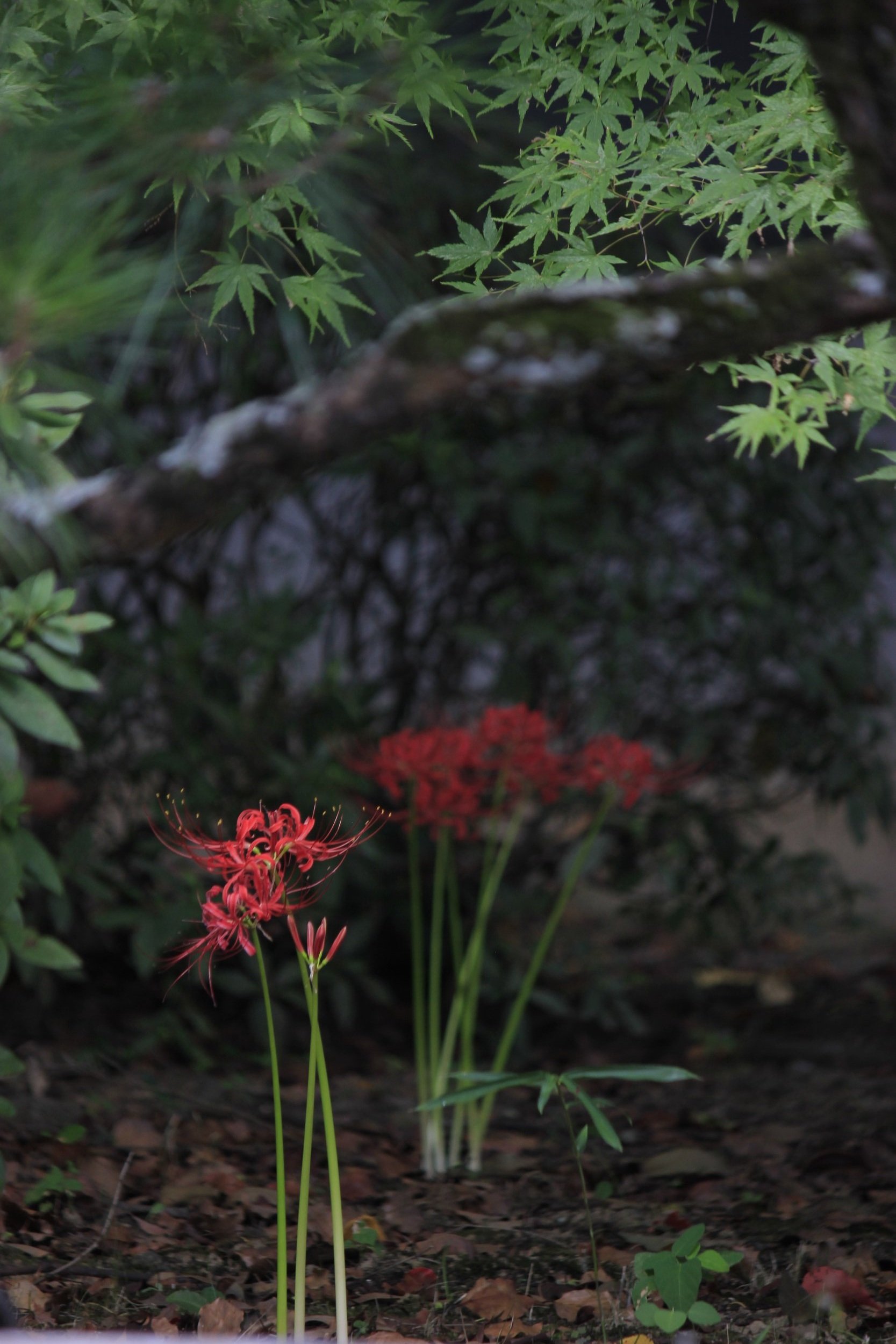
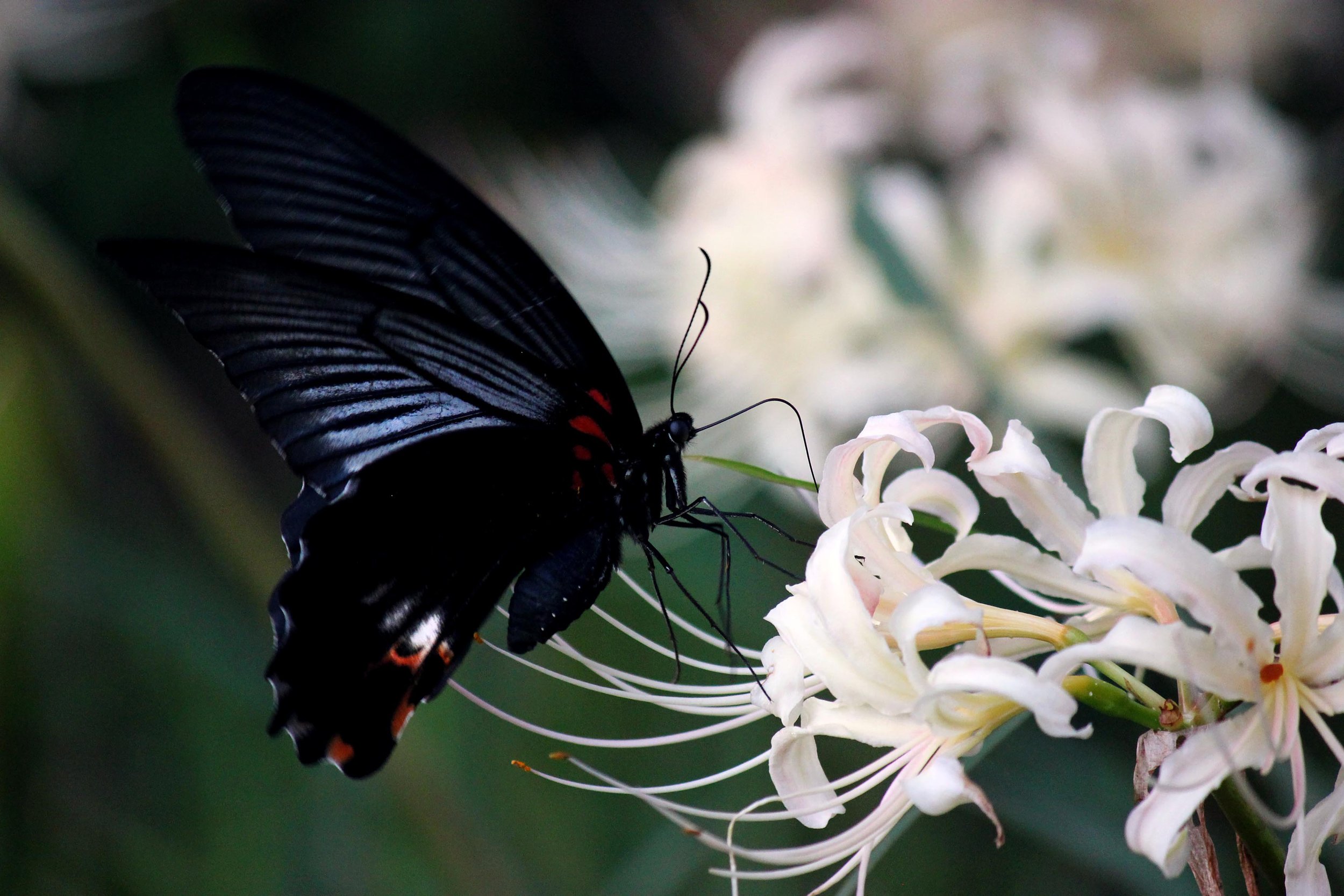
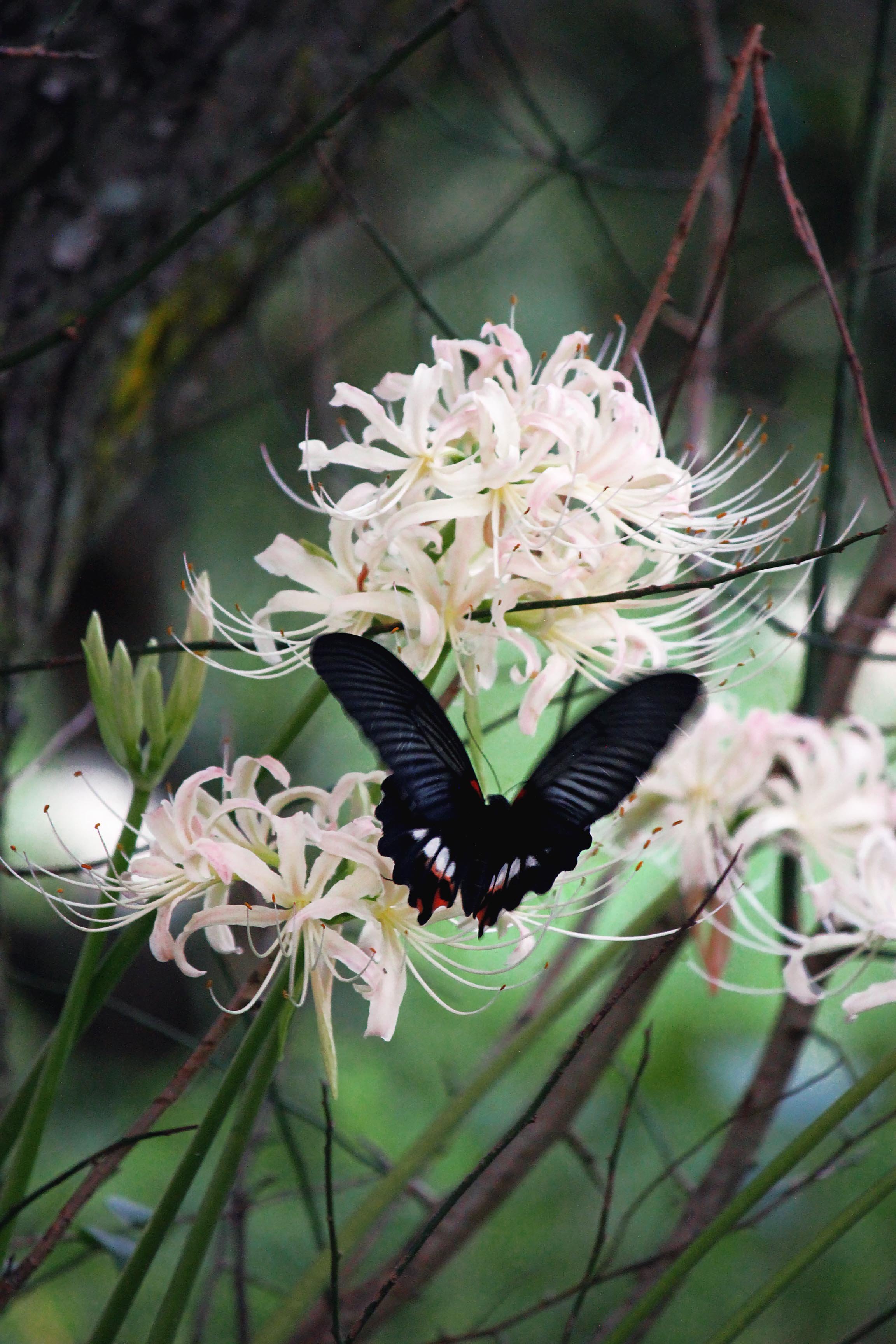
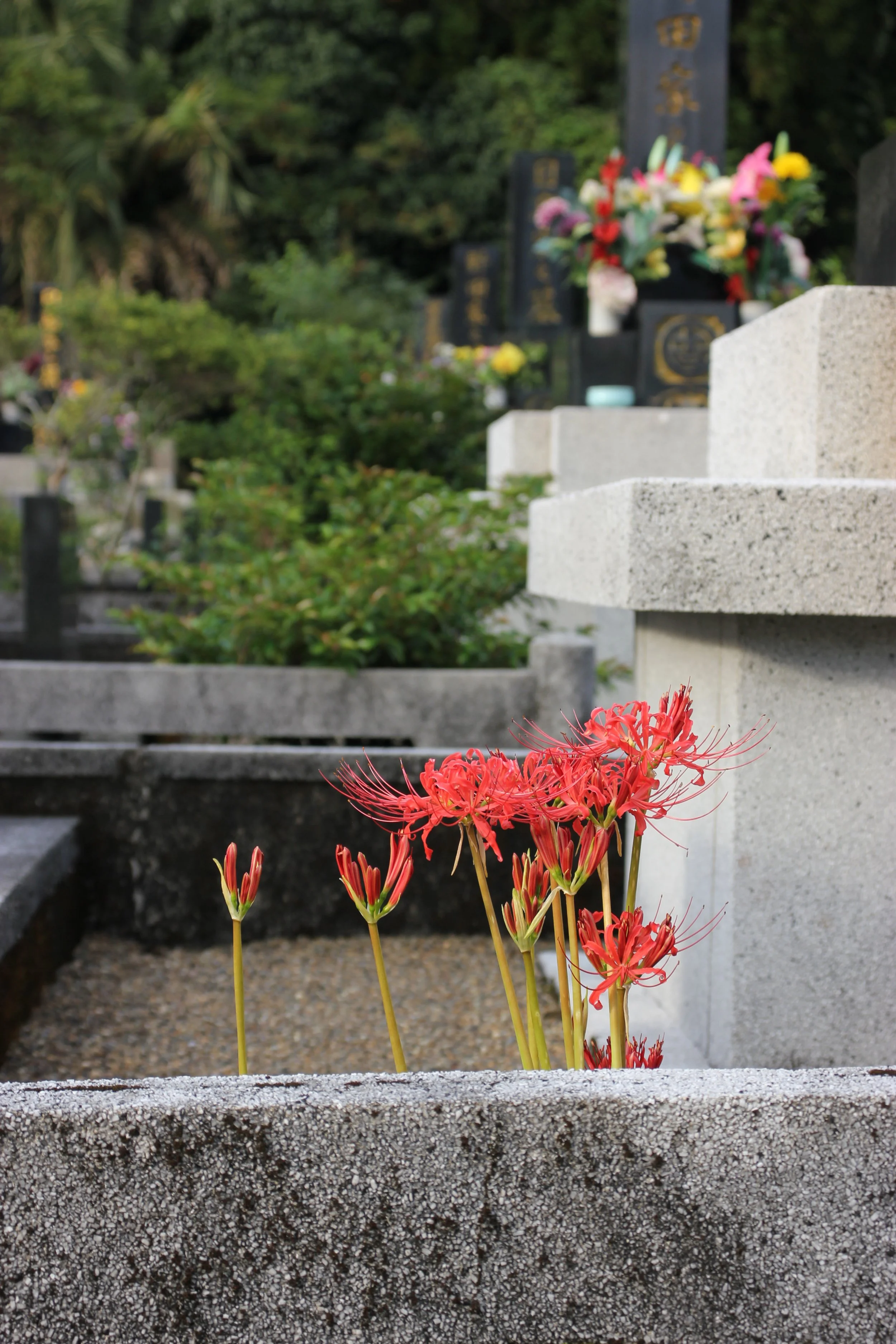
An inspiration to create
Last year I collaborated with a French embroidery artist, Blackmomille, and the higanbana was our star theme for this collaboration.
For this project, I selected some of the most precious fabrics of my collection of antique Japanese obi, here in Kyoto. I sent them to Blackmomille, in Lyon, France, for her to execute the fine embroideries on them. The fabrics you can see below are silks woven with fine threads of metal and real mother of pearl, according to a traditional technique called hikinuki. These pieces are not available anymore but can be requested to order. Contact me if you want to have further information.
Finished bags
Let’s create your dream bag!
Hello, I’m Clémentine. I live in Kyoto, where I have been creating bags from antique Japanese textiles for 8 years. I fell for these traditional textiles because they feature a lot of natural elements and represent Nature’s beauty uniquely. If you wish to visit my studio and browse my collection, get in touch! You can also see a selection online. And if you feel crafty, join my workshops and take part in the creation process of your souvenir-bag!


